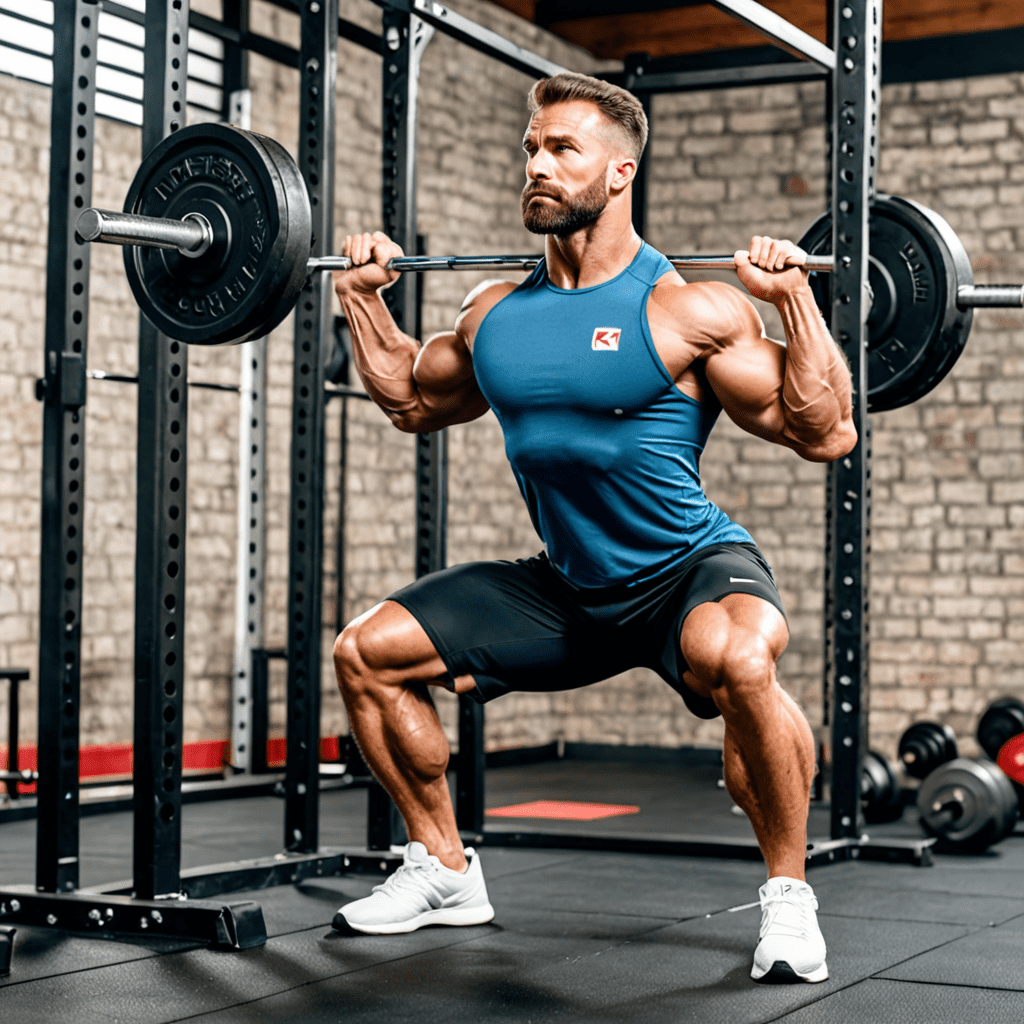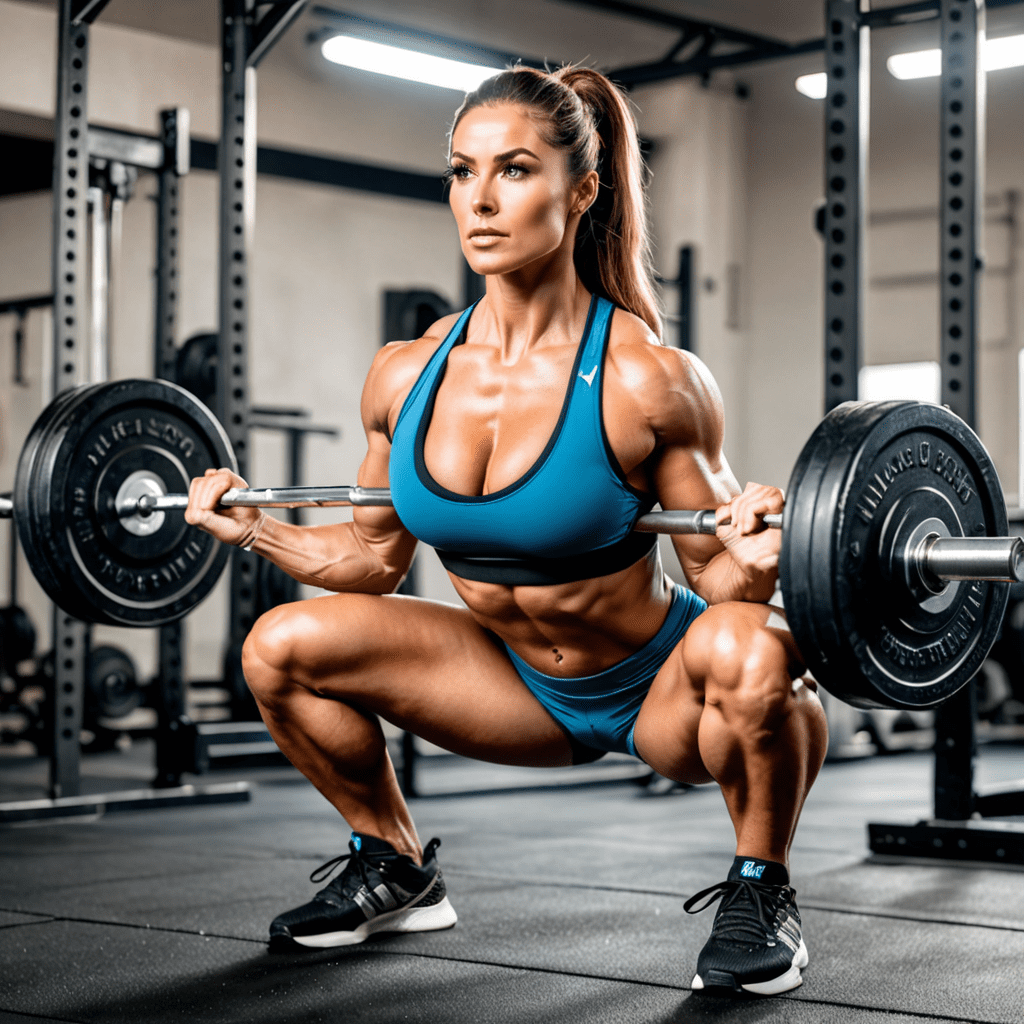
Uncover the Benefits of High Bar Squats for a Stronger Lower Body
Understanding the High Bar Squat: What Is It?
High bar squats are a popular strength training exercise that involve placing a barbell on the trapezius muscle on top of your shoulders. This type of squat, often performed in weightlifting and powerlifting, emphasizes engaging the quadriceps and glutes.
The Benefits of High Bar Squats
High bar squats offer numerous benefits, including targeting the quadriceps, glutes, and hamstrings, and also engaging the core for stability and balance. They are effective in building overall lower body strength and are beneficial for athletes in a variety of sports.
Proper Form for High Bar Squats
To perform high bar squats effectively, it’s crucial to maintain proper form. This includes keeping the chest up, maintaining a straight back, and ensuring that the knees do not extend past the toes. Additionally, it is important to engage the core and breathe properly throughout the movement.
How to Incorporate High Bar Squats Into Your Workout Routine
High bar squats can be incorporated into your workout routine by starting with lighter weights and gradually increasing the load as you become more comfortable with the movement. They can be performed as part of a full-body workout or as a standalone exercise focusing on lower body strength.
Challenges and Variations of High Bar Squats
While high bar squats offer exceptional benefits, they can also pose challenges, especially for those with mobility issues or lower back problems. It’s important to consult with a fitness professional to ensure proper execution and to explore variations such as pause squats, front squats, or tempo squats.
FAQ: Common Questions About High Bar Squats
1. Are high bar squats suitable for beginners?
High bar squats can be suitable for beginners with proper guidance and instruction. It’s important to start with lighter weights and focus on mastering the technique before progressing to heavier loads.
2. Can high bar squats help with improving athletic performance?
Yes, high bar squats are beneficial for improving lower body strength, which can contribute to enhanced athletic performance in various sports such as running, jumping, and agility-based activities.
3. Are high bar squats safe for individuals with knee issues?
Individuals with knee issues should approach high bar squats with caution and seek guidance from a qualified fitness professional. Modifications and alternative exercises may be necessary to accommodate specific knee conditions.
4. How frequently should high bar squats be incorporated into a workout routine?
The frequency of incorporating high bar squats into a workout routine depends on individual fitness goals and overall training volume. It’s important to allow for adequate rest and recovery between squat sessions to prevent overtraining.
5. What equipment is needed for high bar squats?
High bar squats require a barbell and an appropriate squat rack. Additionally, fitness attire and proper footwear that provide stability and support are essential for safely performing high bar squats.
6. Can high bar squats help in building muscle mass?
Yes, high bar squats are effective for building muscle mass, particularly in the quadriceps, glutes, and hamstrings. When combined with a proper nutrition plan, high bar squats can contribute to muscle hypertrophy.
This comprehensive overview provides valuable insights into high bar squats, offering guidance for individuals looking to incorporate this exercise into their fitness routine for improved lower body strength and overall physical well-being.

